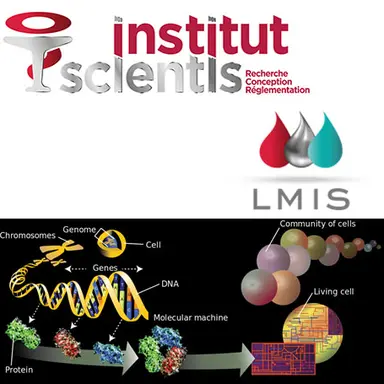
Cosmetics formulation requires being familiar with regulations, but also with most diverse disciplines including Biology, Physiology, Galenics, Toxicology, Physico-chemistry, Microbiology… and today, there is something missing in this list: genetics! Here are a few explanations with Corinne Benoliel, of Institut Scientis and LMIS, and Jean-Christophe Choulot, of the Ales Group, following the EPIGEN colloquium held last March 13-14, 2018.
Today, some of genetics basics should be understood, mainly due to the recent emergence of the term ‘epigenetics’ in the beauty sector. At this stage, it is necessary to provide a few reminders in biology and clarify a few notions.
DNA, support of heredity?
Genetics belongs to life sciences. It studies the expression and transmission of hereditary traits from one generation to the next. The genome refers to all the genetic information about an individual contained in his DNA. The latter encodes the genes, the bricks that constitute heredity and the body functioning. Together, they make up the score played by the cell for its proper functioning.
Indeed, genes are deciphered to synthesize the structural and operational bricks needed for cell functioning: the proteins, which compete to produce a shape, a function, or any characteristic of the living that can be observed, and which geneticists call the phenotype.
Every single human cell contains 23 pairs of chromosomes and about 25,000 genes, but they do not all use them the same way: every cell fulfils functions that can be specific to them (a skin cell does not have the same functions as a gut cell).
If these mechanisms have been known …


